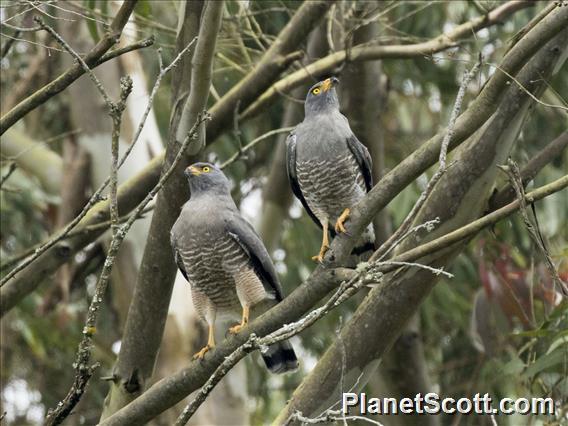Roadside Hawk (Rupornis magnirostris)

Roadside Hawk (Rupornis magnirostris)
×


Roadside Hawk (Rupornis magnirostris)
About Roadside Hawk (Rupornis magnirostris)
- Kingdom: Animals
- Phylum: Chordates
- Class: Birds
- Order: Hawks, Eagles, Kites, and Allies
- Family: Hawks, Eagles, and Kites
The roadside hawk is a relatively small bird of prey found in the Americas. This vocal species is often the most common raptor in its range. It has many subspecies and is now usually placed in the monotypic genus Rupornis instead of Buteo.
Source: Wikipedia
Trips
Visits
-
2005-02-18
Buenos Aires Reserva Costeneras, Argentina -
2006-11-11
Sani Lodge, Ecuador -
2006-12-22
Mindo - Foothills, Ecuador -
2007-10-16
UNAM Station, Mexico -
-
2008-01-08
Mantanchen Beach, Mexico -
-
2009-02-25
Corcovado National Park - La Sirena, Costa Rica -
2009-03-19
Punta Patino, Panama -
2011-07-15
Pantanal, Brazil -
-
-
-
2019-06-24
Parque Nacional Lauca, Chile -
-
-
-
-
-
-
-
-
-
-
-
-
-








